X
Electric hoists represent their own machinery, strength, and toughness, while the stage is elegant, flowing, and soft, with conflicts and collisions between the two.
The electric hoist control box, a magical device for operation. With a simple panel and easy-to-understand commands, it effortlessly manages complex lifting tasks, building a fast lane for your creati
Category : Controller
Get a Quote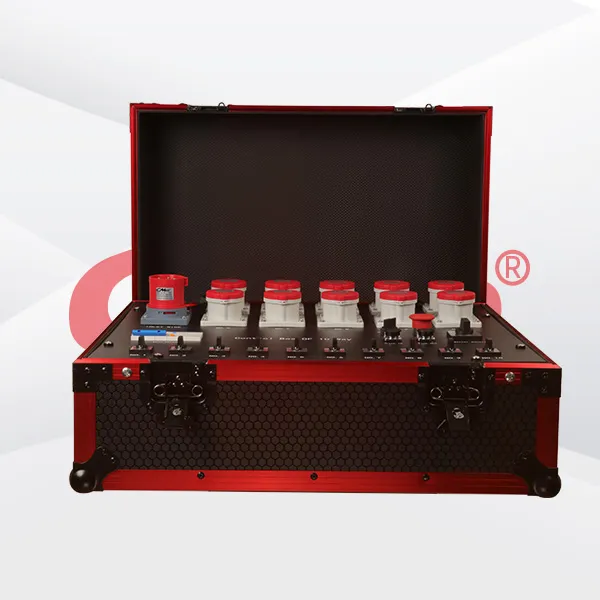
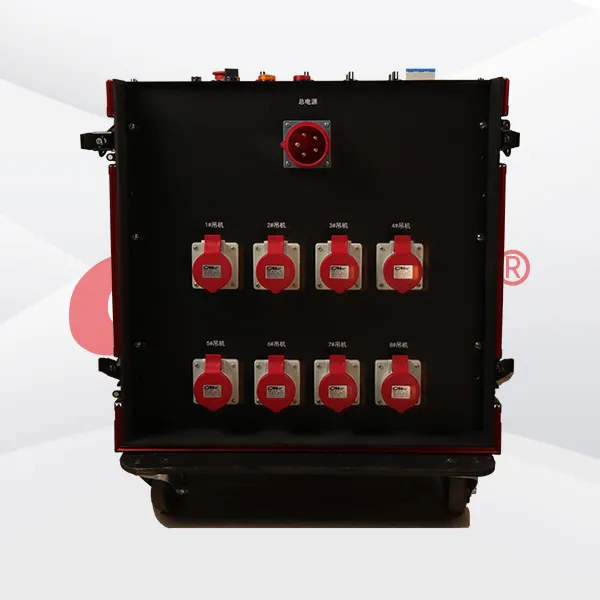



Product Details
The working principle of the control box of a stage electric hoist mainly involves controlling the motor of the electric hoist to achieve precise control of actions such as the lifting, lowering, and translation of the hoist. The following is the specific working principle: Power Input and Distribution The control box is connected to an external power supply, usually three - phase alternating current. After the power enters the control box, it first passes through the power switch. The power switch is used to control the power on - off of the entire control box, making it convenient to cut off the power during maintenance or when not in use to ensure safety. Subsequently, the power passes through protective devices such as fuses. When the current in the circuit is too high, the fuse will automatically blow, cutting off the circuit to prevent devices such as the motor from being damaged due to over - current, thus playing a short - circuit protection role. After being processed, the power is distributed to various control circuits and drive circuits, providing power for the operation of the entire control box. Principle of the Control Circuit - **Master Control**: The control box is usually equipped with a master controller, such as push - button switches, handle switches, or remote - control receivers. Operators issue various control commands by operating the master controller. For example, when the up - button is pressed, the normally open contact of the button closes, transmitting the upward signal to the control circuit. - **Logic Control**: Elements such as relays and contactors in the control circuit perform logical operations and control based on the signals transmitted from the master controller. Taking the simplest forward - reverse control as an example, when the up - button is pressed, the up - relay or contactor is energized and attracts, and its normally open contact closes, connecting the upward winding circuit of the motor, causing the motor to rotate forward and realizing the upward movement of the electric hoist. When the down - button is pressed, the down - relay or contactor is energized and operates, the motor rotates in reverse, and the electric hoist descends. At the same time, an interlock link is set in the control circuit to prevent the up - and down - contactors from being attracted simultaneously, which could cause a power short - circuit. - **Limit Control**: To ensure the safe operation of the electric hoist, limit switches are installed in the control box. When the electric hoist rises or descends to the limit position, it touches the limit switch, and the normally closed contact of the limit switch opens, cutting off the corresponding control circuit and stopping the motor from running, thus avoiding safety accidents caused by the electric hoist exceeding the limit position. Principle of the Drive Circuit - **Motor Drive**: The drive circuit in the control box is mainly used to drive the motor of the electric hoist. The drive circuit generally uses thyristors, frequency converters, or other power electronic devices to control the voltage, current, and frequency of the motor, thereby achieving control of the motor's speed and rotation direction. For example, in some control boxes using frequency converters, by changing the output frequency of the frequency converter, the speed of the motor can be smoothly adjusted, enabling the electric hoist to rise or fall at different speeds to meet the needs of different stage scenes. - **Brake Control**: When the motor stops running, in order to prevent the electric hoist from sliding down due to gravity, the motor needs to be braked. There are usually two braking methods: electromagnetic braking and mechanical braking. Electromagnetic braking is to immediately energize the brake coil when the motor is powered off, generating a braking torque to make the motor stop rotating quickly. Mechanical braking uses mechanical devices such as brakes to hold the motor shaft or the transmission mechanism of the electric hoist after the motor stops, achieving braking. Signal Feedback and Protection Circuit - **Signal Feedback**: A signal feedback circuit is usually also set in the control box to monitor the operating status of the electric hoist in real - time, such as parameters of the motor like current, temperature, and speed. These feedback signals are transmitted to the control circuit and compared with the set values. Once abnormalities are detected, the control circuit will take corresponding measures in a timely manner.
- **Protection Circuit**: In addition to the over - current protection mentioned above, the control box also has various protection functions. For example, over - heat protection monitors the temperature of the motor through a temperature sensor. When the motor temperature is too high, the circuit is automatically cut off to prevent the motor from burning out. Under - voltage protection cuts off the circuit when the power supply voltage is lower than a certain value, avoiding the motor from being unable to work properly or being damaged due to insufficient voltage. Leakage protection quickly cuts off the power supply when a leakage phenomenon is detected in the circuit, ensuring the safety of personnel and equipment.
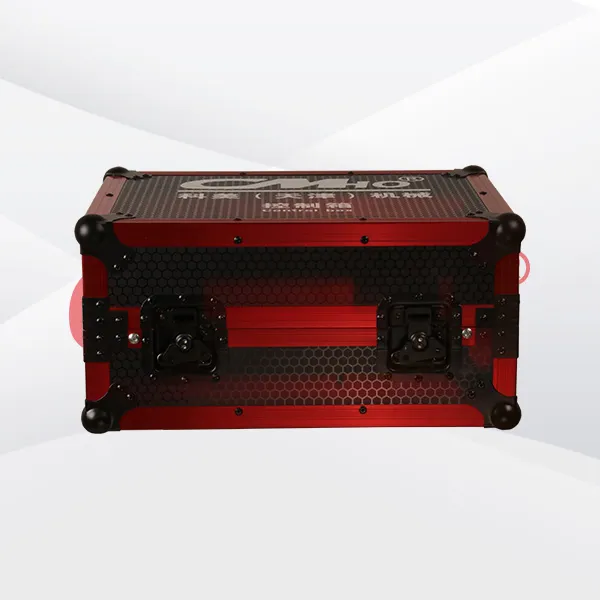
RELATED PRODUCTS .
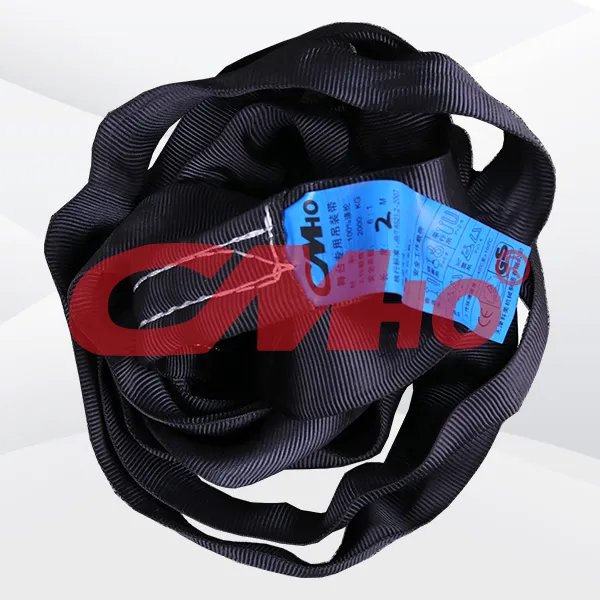
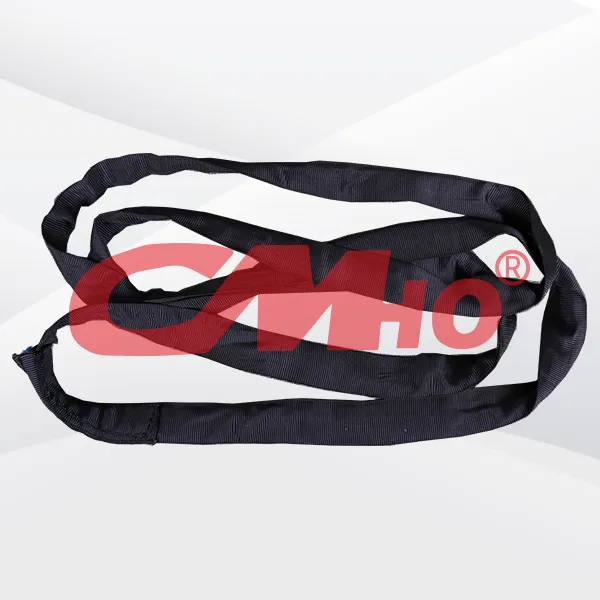
Customizable Sling Belts With "design-on-demand" at their core, customizable sling belts deeply integrate materials science, mechanical principles, and scenario-specific needs, making them i...
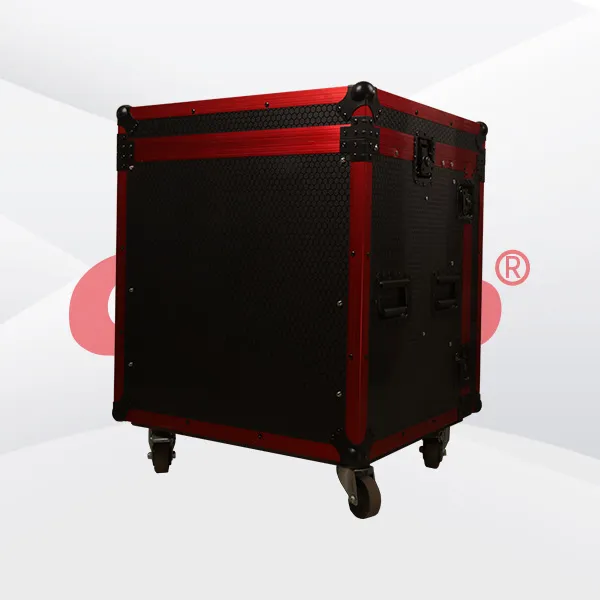
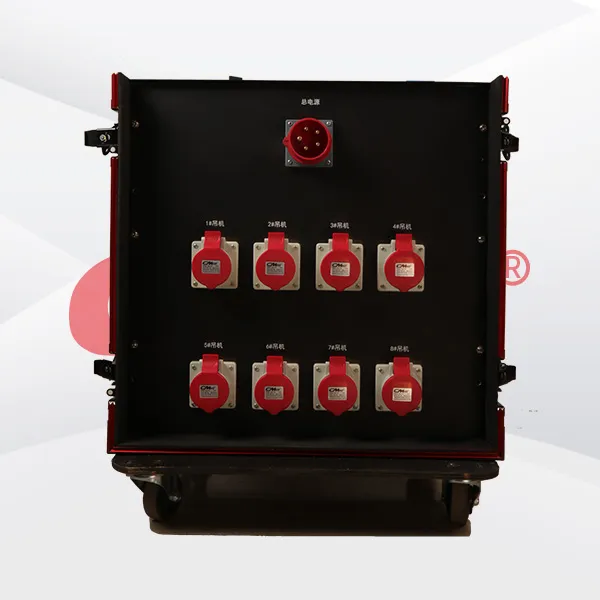
As the "brain" of lifting tools, the performance of truss hoist controllers directly impacts stage effects and operational safety. From manual operation to intelligent linkage, different typ...
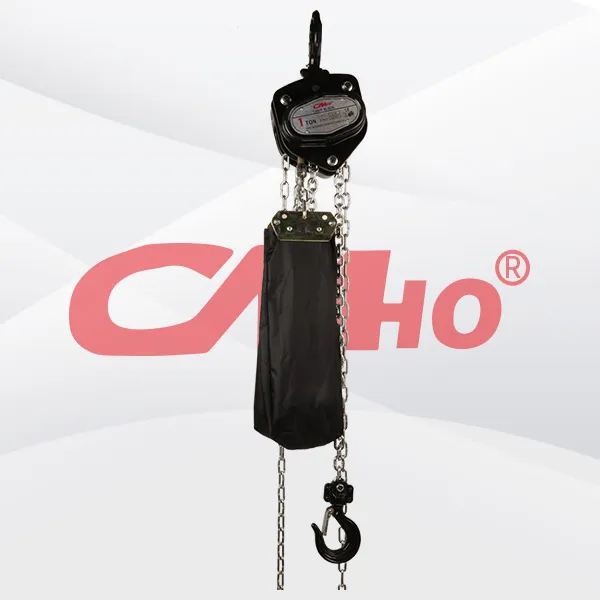
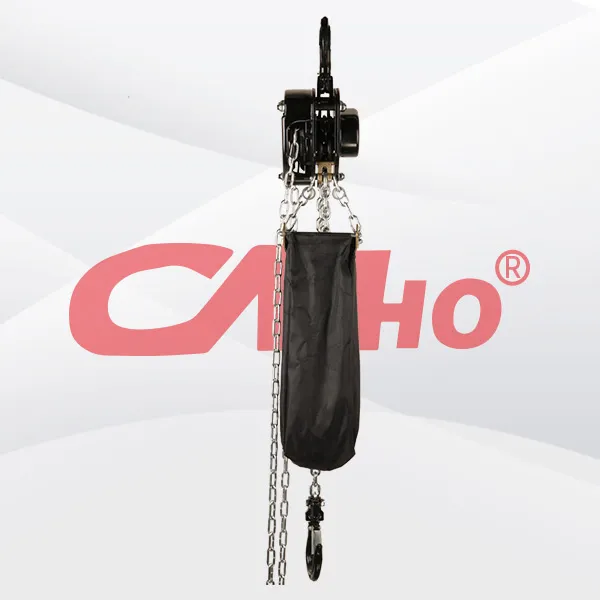
The smooth manual chain hoist, with its reliable mechanical structure and operational flexibility, has become an indispensable manual lifting tool in scenarios such as stages, industrial environments,
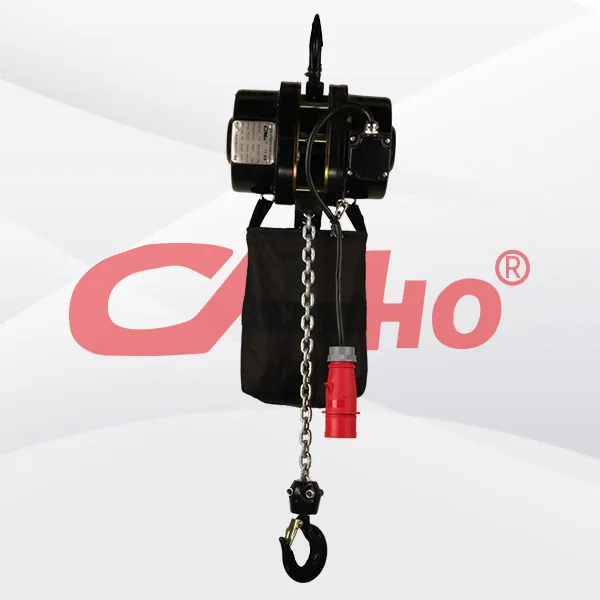
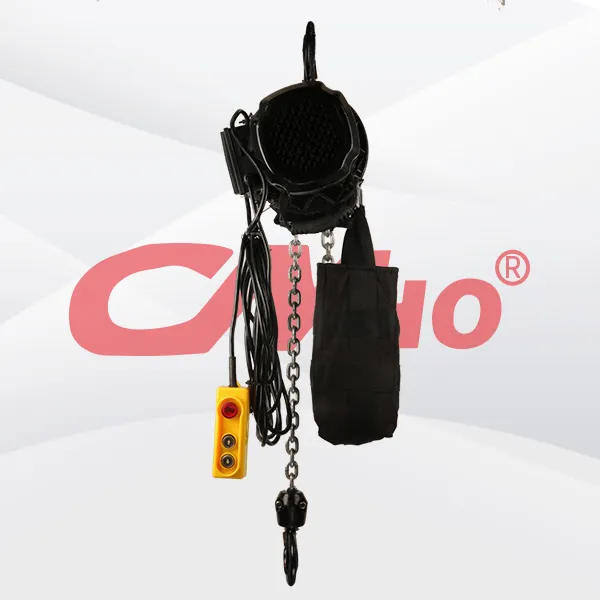
Efficiently complete rapid setup of booth trusses, high-altitude suspension of product display racks, or multi-angle display of dynamic advertising light boxes. For example, at a technology exhibition
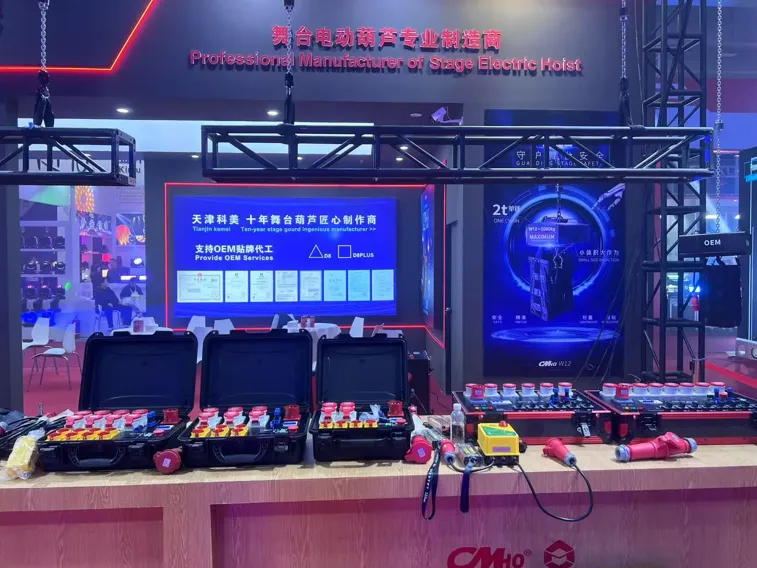
2025-02-28
创始人
0
The participation of Tianjin Kemei in the Guangzho...
Tianjin Kemei made a remarkable and eye-catching appearance at the Guangzhou (International) Performing Arts Equipment, Intelligent Acoustic, Optical and Electrical Products...
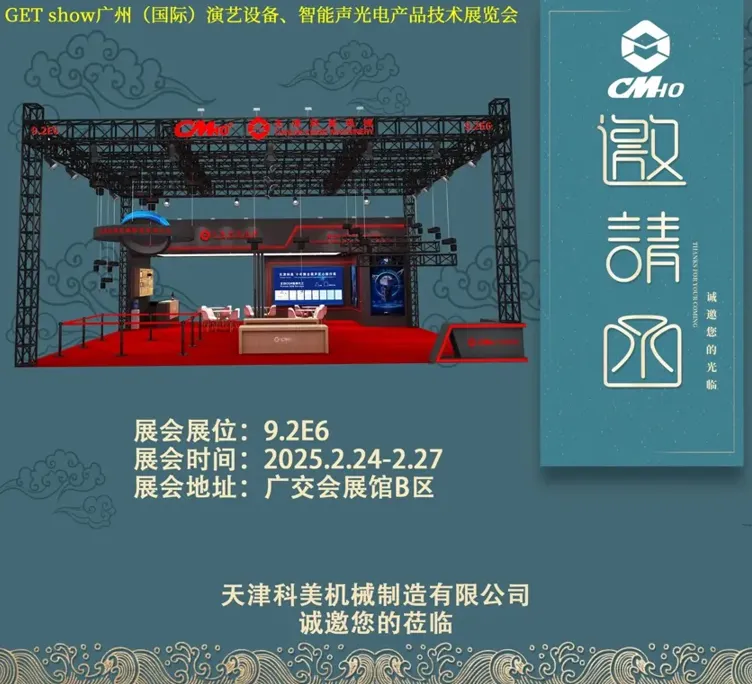
2025-02-27
创始人
0
Guangzhou (International) Performing Arts Equipmen...
In the era of the rapid development of stage lifting equipment and intelligent acousto - optic technology, every industry event serves as a crucial opportunity for innovatio...
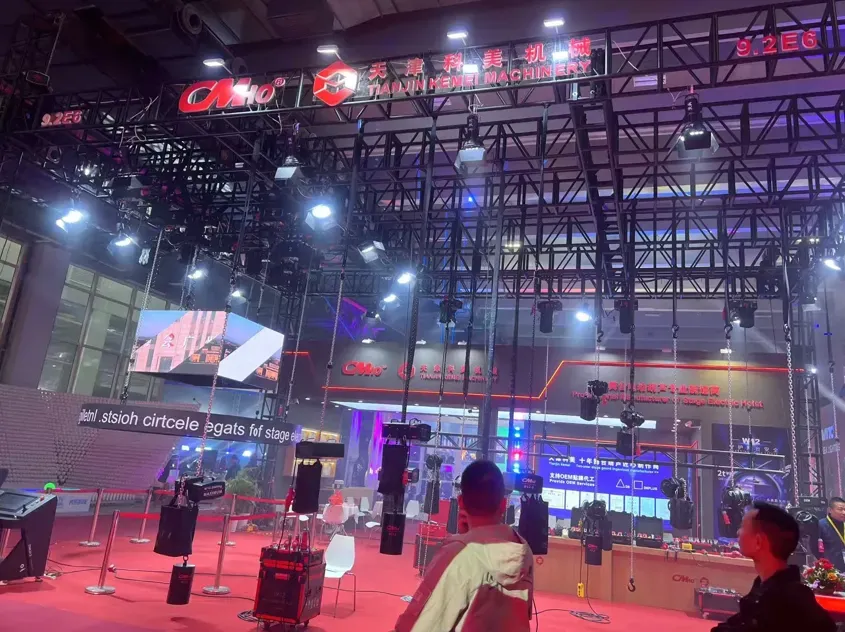
2025-02-27
创始人
0
GET show Guangzhou (International) Performing Arts...
Tianjin Kemei Machinery Manufacturing Co., Ltd. has been deeply engaged in the stage equipment manufacturing field for many years and has developed into a modern benchmark e...
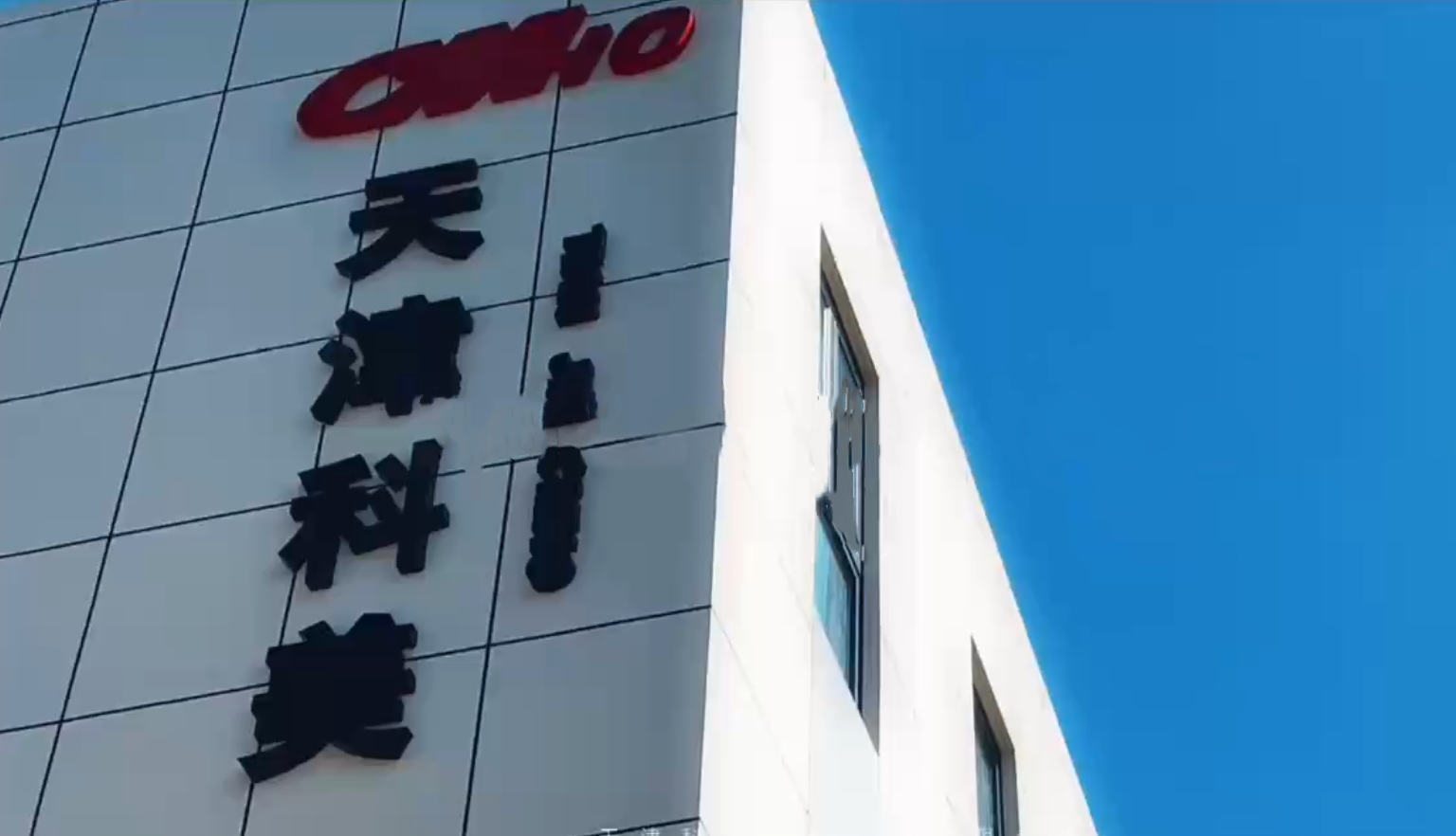
2024-09-24
admin
0
Tianjin Kemei Machinery Manufacturing Co., Ltd. Ne...
Tianjin Kemei Machinery Manufacturing Co., Ltd.: New Starting Point, New Journey - New Factory Relocation Record

